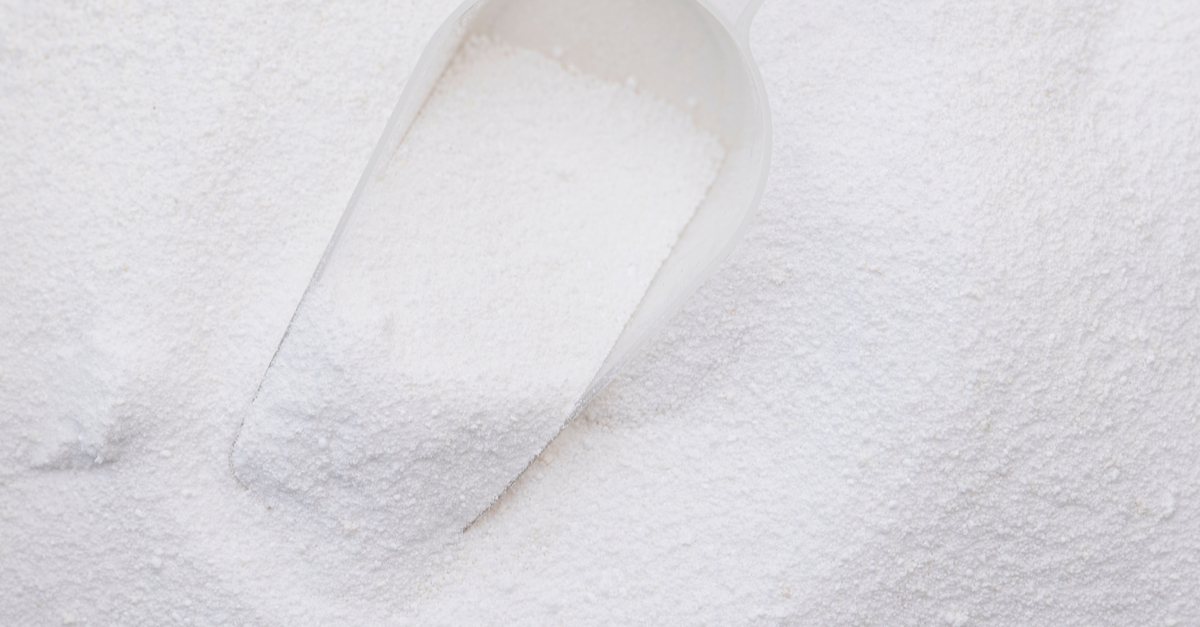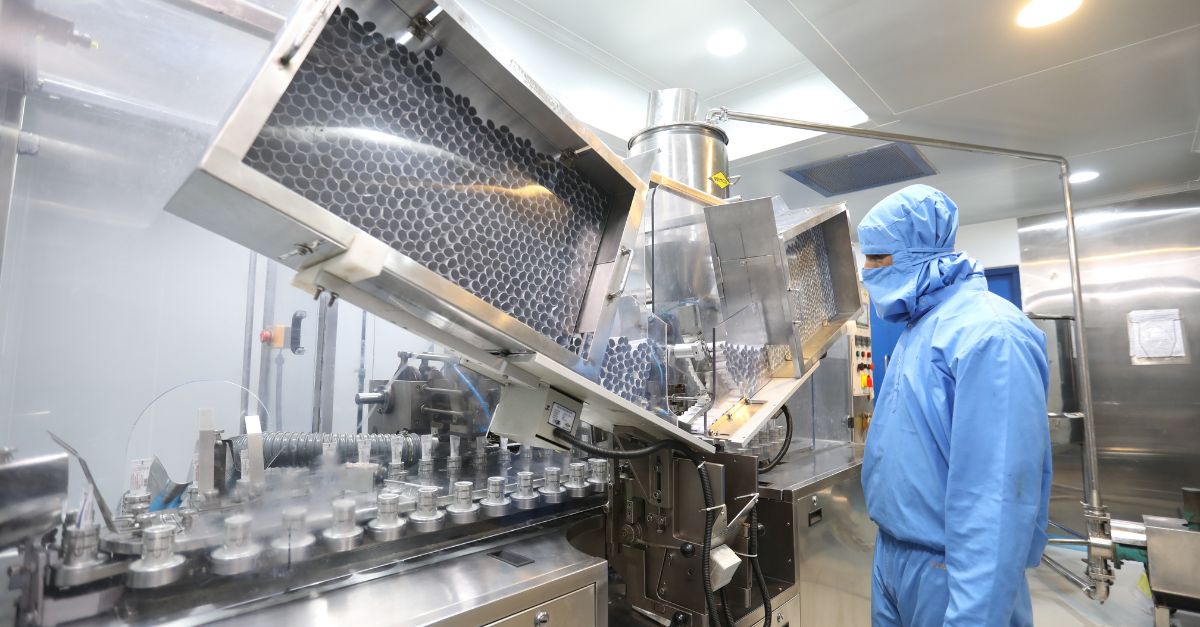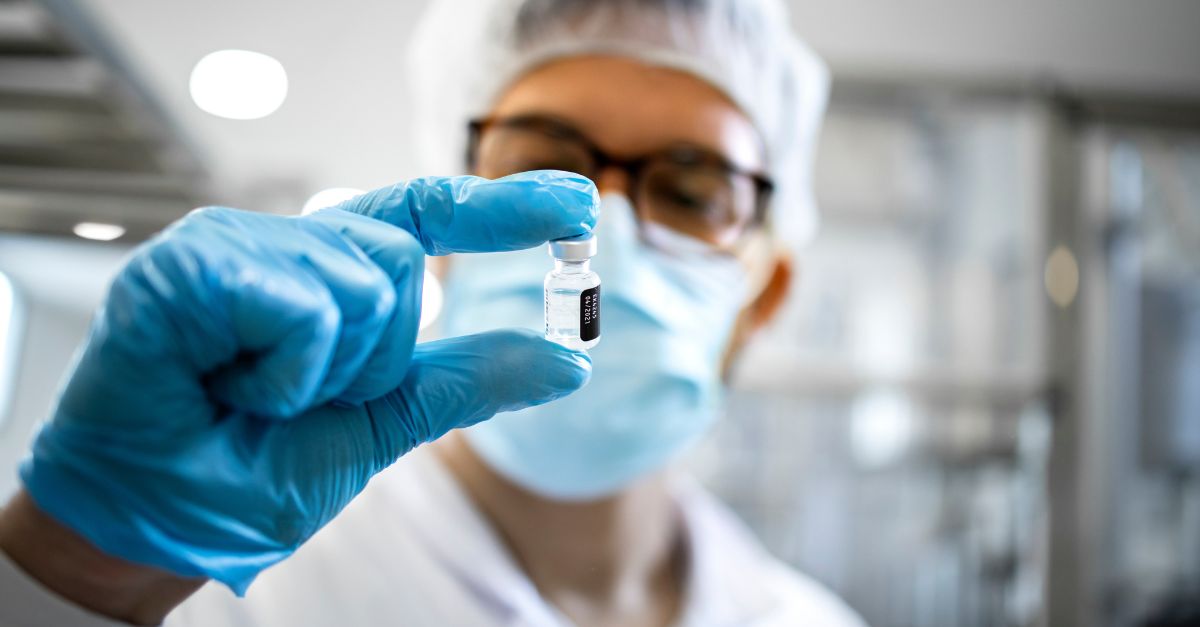
Q: Looking to implement an auto dispenser for our Alconox, and it is a little bit of a struggle. Are you aware of any test equipment, or alternative methods of measuring which may be able to continuously measure the pH/conductivity at saturated levels, which we could then send a signal to an auto-dispenser system?
A: Automated auto dispensing systems with powdered detergents are very tricky. Powders pick up and lose humidity, becoming slower and faster pouring, respectively. Further, pH has a very small change per amount of detergent added, making it an imprecise dosing parameter.
Conductivity is a better option for assuring an initial detergent dose is correct in a fresh bath, but over time, as you use the bath, or if water evaporates, conductivity changes. It then becomes harder to know the underlying concentration of unspent detergent. If you are going to try to build an auto dispensing system, we would recommend to build it on volume. Success has been seen with automatic scooping, or filling scoops to an overflow line, rather than by timed pouring of detergent from a reservoir container. This timed pouring can be altered by variations in powder flow speed due to aforementioned humidity content. Conveyorized scoops that pull from a large container of detergent have been shown to do a reliable job of dosing powdered detergent in large scale ultrasonic systems and soaking tanks.
Using a volume based dispenser limit on an auto dispenser would then go hand in hand with conductivity. There is a measurable change in conductivity with change in detergent solution. For ongoing measurements, always add make-up water to a constant volume before taking the conductivity measurements – this can be done with float ball type valves that let in water as it is depleted by dragout or evaporation. Add detergent to the target conductivity level to maintain the bath. This procedure will work for a certain length of time.
The flaw is that residues build up in the used detergent and eventually much of the detergent is depleted. Yet, the conductivity still reads at your target level because of all the residues. A system like this can typically work for 2 weeks of reasonably use. (Of course this depends on residue amounts and type – confirming in your own setup, application, conditions and instruments is always recommended.)
At some point beyond the two weeks, the bath will typically start growing microbes. After all, it is a biodegradable detergent. This causes conductivity to skyrocket. If you dump and clean out the tank every two weeks, controlling with conductivity (by automatic powder addition or manual powder addition), you can maintain an effective bath. As time goes on, there will be some residues contributing to conductivity, but unless you have a really high soil load going in to the bath, it is unlikely that the underlying detergent concentration will drop below say 75% of the initial concentration.
For example, if you started with a 2% detergent and at the end of two weeks you have 1.5% detergent and 0.50% worth of conductivity from residues, you likely still have an effective detergent solution. Recall the concentration of the detergent relates directly to capacity. In principle you could derive a curve for how fast residue builds up and increment your target conductivity accordingly. In this way, towards the end of your bath cycle, the detergent concentration is at or near the original concentration.
In highly regulated environments such as medical device manufacturing, biotech, pharma, and the like, bath periods can be far shorter based on worker shifts, product campaigns, or other risk based assessments to avoid contamination events. Nonetheless, the auto dispenser principles discussed will apply.
Further, these principles can generally be applied to our other powdered detergents like: Alcojet® Low Foaming Powdered Detergent, Tergajet® Low-Foaming Phosphate-Free Detergent and Tergazyme® Enzyme-Active Powdered Detergent.
If you switch to a liquid concentrate, like Liquinox® Critical Cleaning Liquid Detergent, it is much easier to do the automatic dosing of detergent. You still have requirement to account for residue contribution to conductivity in your control system but, it is relatively easy to meter in liquid detergent accurately as compared with powdered dosing. In most applications, Liquinox detergent will clean comparably to Alconox when used at the same concentration.
To request these or any Alconox, LLC detergent for free, please complete the questionnaire at Get Sample. For more information about any one of our Alconox, LLC detergents, consult the technical bulletin for each product. Or click here to access each of our detergent’s Safety Data Sheets.
Do you have a critical cleaning question for the experts at Alconox, LLC? Search TechNotes to see if it’s been answered before or Ask Alconox.



